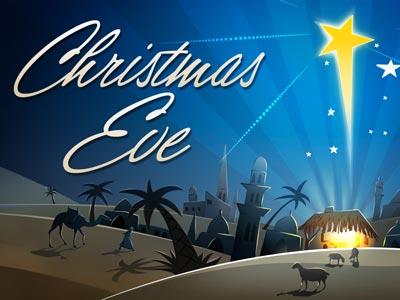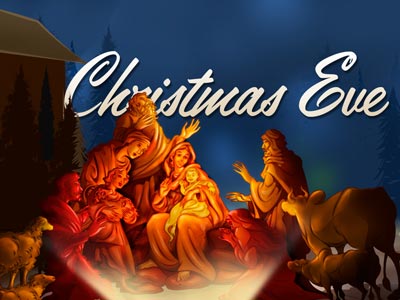-
An Oracle Of Hope
Contributed by Christopher Holdsworth on Dec 11, 2020 (message contributor)
Summary: Come, let us walk in the light of the LORD.
AN ORACLE OF HOPE.
Isaiah 2:1-5.
The first thing that we notice in this text is that the prophet “saw” the word of the LORD (Isaiah 2:1).
In olden times, explains 1 Samuel 9:9, a Prophet used to be called a Seer. As such, the Prophet offers a deeper level of discernment in relation to the things of God.
The Oracle begins, “In the last days” (Isaiah 2:2). The Seer is lifting his eyes beyond the present circumstances of the kingdom of Judah towards a future hope which embraces the whole world.
Prophets see things as through a temporal prism: like gazers at the night sky who see clusters of stars with no gauge to determine which are nearer, and which further away.
With the kingdom of Judah under the yoke of Assyria, this prophecy could envision better days: seeing through the Babylonian exile (which still lay in the future), and beyond it to the restoration and rebuilding of Jerusalem - and its Temple. Perhaps then the mountain of the LORD’s house would be established, and all nations flow to it?
According to the Apostle Peter, however, ‘the last days’ began at Pentecost (Acts 2:16-17).
The earthly Temple was only ever temporary, as implied in Jesus’ words to the disciples as He left the second Temple for the last time (Matthew 24:1-2).
The priests in the Temple were permitted to ‘profane’ the Sabbath, when they offered sacrifice and went about their other duties on that day. Yet, said Jesus, ‘a greater than the Temple is here’ (Matthew 12:5-6).
Jesus is none other than the One who inhabits the Temple (Matthew 23:21) - for who else could be greater than the Temple?
Jesus did not come to abolish the sacrificial system, but to fulfil it, and to offer Himself as the supreme and final sacrifice for sin (Hebrews 9:25-26).
When Jesus’ work upon the Cross was finished, the veil in the Temple was rent in two, from the top to the bottom (Matthew 27:51). Although the Temple rituals continued for a transitional period, the need for sacrifice had been met in His death.
In the days when Jesus walked this earth, the Jerusalem Temple was only partially fulfilling the function of a place of worship for all peoples.
The Temple was also the site of many of the scenes in the Gospels and Acts, and it was from here that the message of Jesus went forth to all the world. It is possible that the picture of many nations coming to the house of the God of Jacob represents the progress of the gospel from that place (Isaiah 2:3).
As the word of God goes forth from Jerusalem, there is a change in the whole of society. People may easily forget that the gospel came from that city, and fail to take stock of the amount of good which the message of Jesus has done in the world. In saying this, I am not ignoring the downright evil which has sometimes been done by some of those who profess to be ‘Christians’!
Where the gospel rules, God judges (Isaiah 2:4). Not only this, but the nations begin to use their resources for something other than war. So there is hope for us, as well as for Isaiah’s original hearers.
Isaiah’s last word to the faithful remnant in this Oracle is, “Come, let us walk in the light of the LORD” (Isaiah 2:5).
Whether in Advent, Easter, or the post-Pentecost season - this is sound advice.

 Sermon Central
Sermon Central



